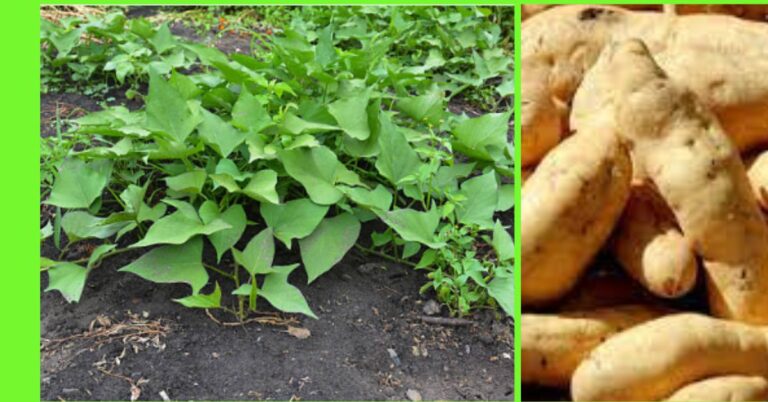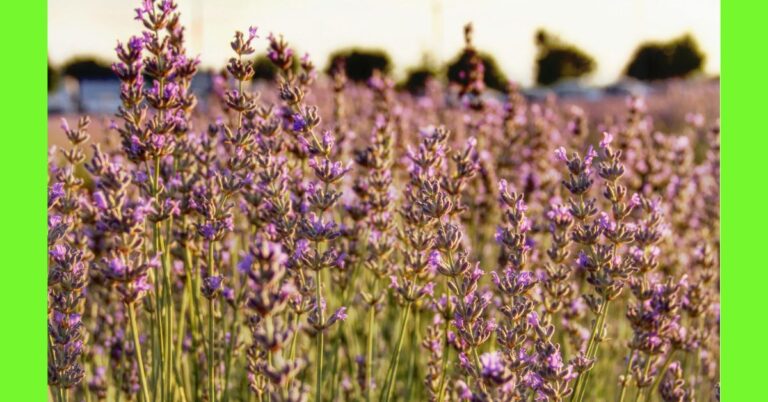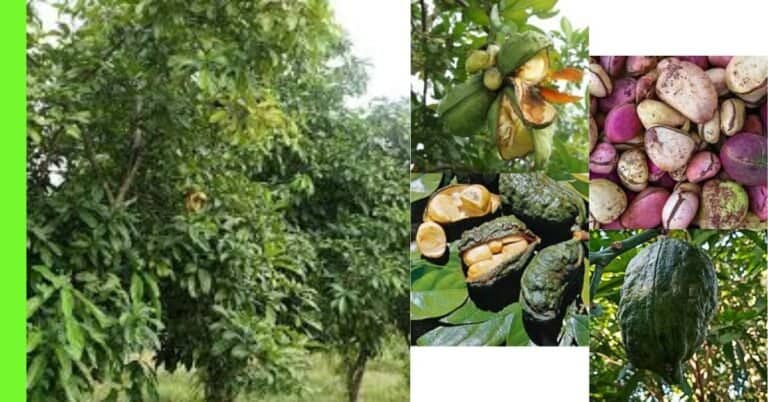Planting Coconut in Nigeria: A Step-by-Step Guide

Coconut (Cocos nucifera) is one of the world’s most versatile crops, producing food, oil, fibre, and other valuable products.
In Nigeria, coconut farming has been steadily increasing due to the crop’s commercial viability.
With Nigeria’s tropical climate, coconut plants thrive in most regions of the country.
This article provides a comprehensive guide on how to plant coconut in Nigeria, covering everything from selecting the right location to harvesting, pests, and disease control.
Description of a Coconut Plant
The coconut plant is a tropical palm tree that can grow up to 30 meters (98 feet) tall and lasts about 60 to 80 years.
The tree is characterized by its long, slender trunk and large feathery leaves, known as fronds, which can reach lengths of up to 6 meters (20 feet).
A mature coconut plant produces a fruit known as a coconut.
This fruit is a large, hard-shelled nut encased in a fibrous husk.
Inside the nut is coconut water and white edible flesh, which can be processed into coconut oil, milk, and other products.
The plant thrives in well-drained sandy soils and needs a warm, humid climate for optimum growth.
Its roots penetrate deep into the soil, helping it survive in drought-prone areas, though it still needs a significant amount of water for healthy fruit production.
Planting Season for Coconut in Nigeria
In Nigeria, the best time to plant coconut is during the rainy season, typically from March to June in the southern region and from June to September in the northern part of the country.
This season provides the necessary moisture for the seedlings to establish themselves before the dry season.
However, planting during the peak rainy months ensures the young plants receive adequate water to stimulate root growth and withstand the subsequent dry season.
Planting Coconut: Step-by-Step Guide
Step 1: Choose a Location
The location you choose for your coconut plantation is critical for the successful growth and yield of the plants.
Coconut palms thrive in areas with the following conditions:
- Warm climate: Ideally, temperatures between 25°C and 30°C (77°F – 86°F) are best for coconut growth.
- Sandy, well-drained soil: The trees need soil with good aeration and drainage. Avoid areas with heavy clay soil as it retains too much water.
- Access to water: While coconut trees are drought-resistant, they require sufficient water, especially in the early growth stages.
- Exposure to sunlight: Coconut trees need at least 6 to 8 hours of direct sunlight daily to produce fruit. Ensure the plantation site is not shaded by taller trees or buildings.
Step 2: Land Clearing and Preparation
Before planting, the land needs to be cleared of any debris, weeds, and other obstacles.
If the area has shrubs, trees, or grasses, clear them to create ample space for planting.
Depending on the size of the land, land clearing can be done manually or with mechanized tools such as bulldozers.
Once cleared, the land should be tilled to loosen the soil, improve aeration, and enhance root penetration.
Depending on the soil quality, you may also want to test the soil for pH levels.
Coconut palms prefer slightly acidic to neutral soil with a pH range of 5.0 to 7.0.
Step 3: Means of Propagation
Coconuts are primarily propagated through seeds or seedlings.
You can plant the coconut fruit directly into the soil or buy nursery-grown seedlings for transplanting.
Seed propagation involves planting a mature coconut fruit, while seedlings are germinated young plants ready for transplantation.
If you choose to plant seeds, select healthy, mature coconuts that are 12 months old.
Make sure the seeds have no cracks or signs of disease.
Step 4: How to Plant Coconut from Seed
Step-by-Step Process for Planting Coconut from Seed:
- Prepare the seed: Select a healthy, fully mature coconut with its husk intact. The husk helps protect the seed as it germinates.
- Pre-soak the seed: Soak the coconut seed in water for about 2-3 days to enhance germination.
- Dig a hole: Dig a planting hole approximately 30-50 cm deep (12-20 inches) and wide. Space the holes at least 6-8 meters apart to give the trees enough room to grow without competing for nutrients and sunlight.
- Plant the seed: Place the coconut in the hole with the pointed end slightly above the soil surface. Cover it with soil, but leave a small part of the husk exposed to the air.
- Water the seed: After planting, water the seed generously to help it settle in the soil.
Step 5: Watering
Coconut palms require adequate watering, especially during their first two years of growth.
Water the plants regularly, particularly during the dry season.
Young coconut trees need about 10-20 litres of water per week.
Ensure the soil is moist but not waterlogged, as too much water can cause root rot.
As the tree matures, it becomes more drought-resistant, but regular watering will promote better fruit production.
Step 6: Apply Manure
Coconut trees are heavy feeders and require the proper nutrients for optimal growth.
Organic manure, such as compost or animal manure, should be applied to the base of the plant.
Applying 15-20 kg of manure per plant during the first year is recommended.
For optimal growth, you can also use chemical fertilizers such as NPK (Nitrogen, Phosphorus, and Potassium) in a 2:1:1 ratio.
Apply the manure or fertilizer in a ring around the base of the plant, taking care not to let it touch the trunk.
Do this twice a year, once at the start of the rainy season and again towards the end.
Maturity and Harvest
Coconut palms usually take 5 to 7 years to reach maturity and produce fruits.
However, the exact time to maturity can vary depending on the variety of coconuts and growing conditions.
Dwarf varieties tend to produce fruits earlier than tall varieties.
Once the tree matures, it will produce fruits all year round, yielding about 50 to 200 coconuts per tree annually.
Harvesting is typically done by climbing the tree and cutting the ripe coconuts or using poles with attached blades.
Pests and Diseases
Coconut trees in Nigeria can be affected by pests and diseases, which can reduce yield and harm the plants if not controlled. Some common pests include:
- Coconut beetle (Oryctes rhinoceros): This pest bores into the young shoots, damaging the tree and affecting its growth.
- Coconut scale insects (Aspidiotus destructor): These insects feed on the plant’s sap, causing yellowing and wilting of the leaves.
- Red palm weevil (Rhynchophorus ferrugineus): This highly destructive pest bores into the trunk and crown of coconut trees.
Common diseases include:
- Coconut leaf blight: This fungal disease causes the leaves to turn yellow and dry up.
- Lethal yellowing disease: A bacterial disease that causes yellowing of leaves, premature nut drop, and eventual tree death.
Pest and Disease Control
Pest and disease control is crucial for maintaining a healthy coconut plantation. Here are some control methods:
- Manual removal: For small infestations, pests like the coconut beetle can be manually removed from the plant.
- Chemical control: Use approved insecticides and fungicides to control severe pest or disease infestations. Spray the chemicals on affected parts of the tree and the surrounding soil.
- Biological control: Introducing natural predators, such as birds and beneficial insects, can help control pest populations.
- Regular monitoring: Check your coconut trees regularly for signs of pest and disease damage. Early detection is key to preventing the spread of pests and diseases.
How Many Coconut Plants Can I Grow in an Acre of Land, and What Quality of Coconut Can I Harvest?
An acre of land can accommodate 60 to 70 coconut palms, depending on the planting distance.
The recommended spacing between trees is 6 to 8 meters, which allows them enough room to grow without overcrowding.
The yield per acre varies based on factors such as the coconut variety, soil quality, and the care given to the plants.
A well-maintained coconut farm can produce between 3,000 to 10,000 coconuts per acre annually.
The quality of the harvested coconuts will depend on the variety planted.
For example, hybrid varieties produce more extensive, higher-quality nuts with higher oil and water content.
Conclusion
Coconut farming in Nigeria is a profitable venture when done correctly.
By following the steps outlined in this article, from choosing the right location to proper planting, watering, and fertilization, you can establish a productive coconut plantation.
With careful attention to pest and disease control, you can ensure that your coconut trees remain healthy and yield high-quality fruits for years.
I hope this article was helpful.






